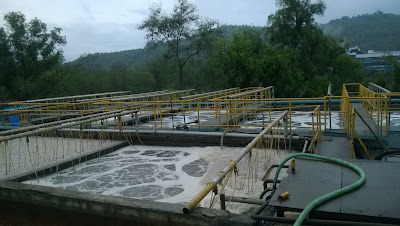 |
| Earth Day 2022 |
World Earth Day- 2022
order to make the planet a better place for future generations. Earth Day will be celebrated for the 52nd time on April 22, 2022.
It is celebrated to create awareness among the residents of this beautiful home of ours to take care of this.
Because we don’t have an alternative to this.
We all are aware of the reason for its destruction.
The followings are the contribution we can add to protect and preserve our mother earth:
1. 3 R’s- Reduce, Reuse & Recycle as much as possible. (we can reuse the paper from the other side which is not used still.)
2. Volunteer- participate in community cleanups as a volunteer. (can be a part of your local groups like Himalaya Putra, Parivartan Sena, Youth for Seva, Joy etc.)
3. Educate- Be educated yourself and also educate others, especially the children studying in elementary schools.
4. Water conservation- Use only the water you required. Do not keep the tap open whenever you using water.
5. (In the canteen for washing hands or utensils, or in the home for cleaning or other purposes.)
6. Plant Green- Plant more trees. Try to plant a tree on your birthday.
7. Save Electricity- Turn off the light and electrical equipment when not in use at home as well as in offices. Use LED bulbs to reduce the energy consumption also the heat produced by the light bulb.
8. Your Positive Attitude- Your positive attitude can change the world. Do not throw the garbage here and there even though no one is seeing you.
Always keep in mind that “We Don’t have another option other than planet Earth.”
Hope you like the post. Please comment on your quires. Also, visit the YouTube channel.


